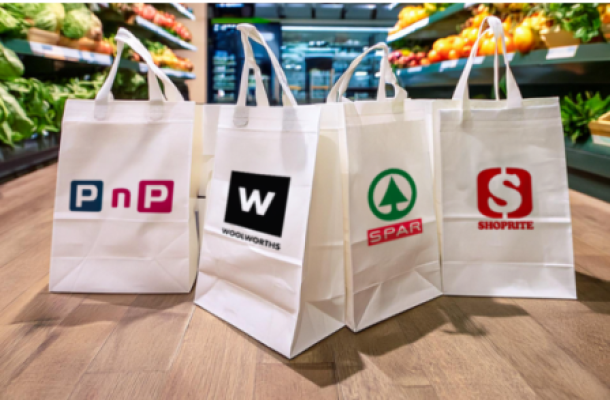South Africans take on debt to eat, or live in hunger
Low-income households are taking on debt to cover food shortfalls, a small-scale study has shown. “Our research found that food ran out by the second or third week in the month and debt was taken to cover food shortfalls,” Pietermaritzburg Agency for Community Social Action (Pacsa) said in a statement.
Households are becoming trapped in a "vortex of debt" because of the continuous expense incurred by food, said Pacsa.
The overall food price inflation on the Pacsa food basket from November 2014 to September 2015 was 4.3%. This mirrors the Consumer Price Index.
The 2015 Food Price Barometer showed that households are under spending on food by 55.6%, said Pacsa.
It said the cost of the basket increased by R66.10 from R1550.87 to R1616.97. “The cost of a basic but minimum nutritional food basket for a household of seven was R3 644.09 in September 2015 while most households are spending around R1616.97 a month.
“For a household with an income of R3 200 (the maximum income level for 60% of Pietermaritzburg households) proper nutrition comes to 113.9% of household income,” Pacsa said.
In order to resolve the disconnect between the low levels of income and attempts to ensure that families are fed households take on debt to put food on the table, according to Pacsa.
Pacsa’s Julie Smith told Fin24 that the results were based on five focus groups comprising a total of 35 women.
According to Smith, the group has been tracking two food baskets since 2006.
A food basket refers to a fixed set of consumer products valued and used on an annual basis to track inflation in a specific market.
“The Pacsa food price barometer tracks what people are actually buying on a monthly basis and we also track the cost of a basket, which is nutritionally adequate and we see the gap between the two,” Smith said.
According to a 2014 Fin24 debt survey, which drew on inputs from around 10 000 users, 20% took on debt to pay for food every month, suggesting that the practise may be common across South Africa.
More than 11 million people in South Africa, 3.2 million of which are children, don’t have access to proper nutrition and go to bed hungry every night, KFC said this week.
"In a country fighting a legacy of poverty, a child dies every 15 seconds due to a lack of essential nutrients and being underweight," it said.
News Category
- International retailers
- On the move
- Awards and achievements
- Legislation
- Wine and liquor
- Africa
- Going green
- Supplier news
- Research tools
- Retailer trading results
- Supply chain
- Innovation and technology
- Economic factors
- Crime and security
- Store Openings
- Marketing and Promotions
- Social Responsibility
- Brand Press Office
Related Articles

Checkers Sixty60 wipes floor with Pick n Pay As...

Top tips for consumers to combat escalating ele...

Clear winner in South African retail battle

Drinks survey reveals Rooibos as a top choice a...


